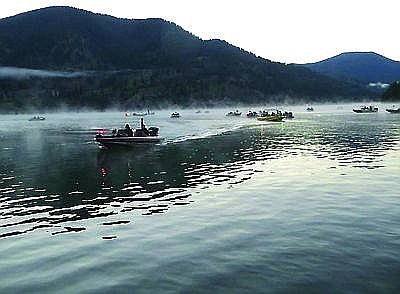FWP biologists plan to reduce invasive plants in Noxon, Cabinet Gorge reservoirs
Montana Fish, Wildlife & Parks biologists are seeking to reduce invasive plant species and improve aquatic habitat in Noxon and Cabinet Gorge reservoirs in Sanders County.
Overall, the proposed effort seeks to improve the health of the fish habitat and provide more fishing and recreational access to the reservoirs earlier in the season...
Become a Subscriber!
You have read all of your free articles this month. Select a plan below to start your subscription today.
Already a subscriber? Login



